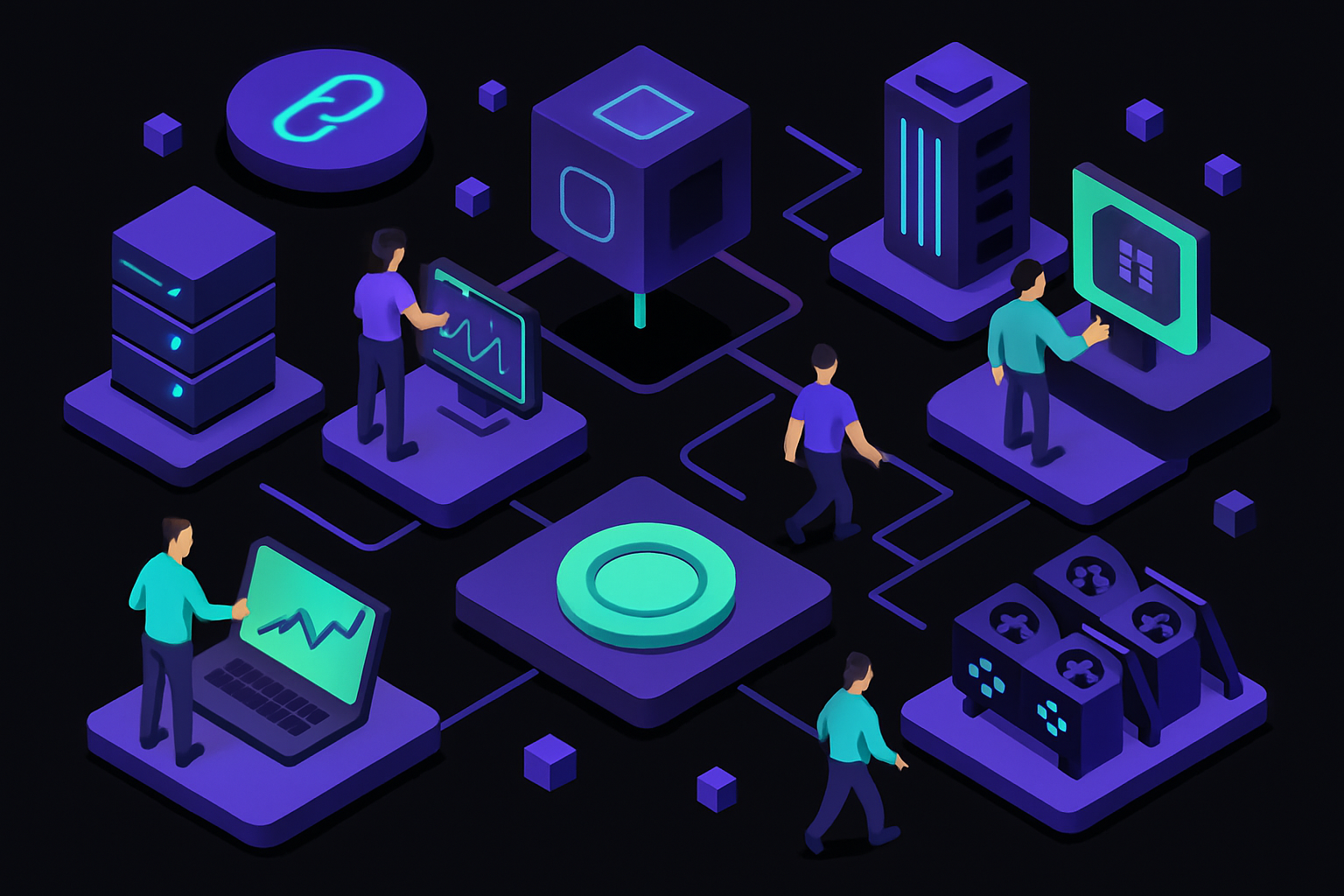
Smart NFTs are rapidly transforming the landscape of blockchain gaming, bringing a new era where players wield unprecedented control over their in-game assets. Unlike traditional games where items are locked away on centralized servers and subject to the whims of developers, smart NFTs empower players with verifiable digital ownership, programmable utility, and true economic agency. This shift is not just technical – it’s fundamentally changing how value flows through virtual worlds.
![]()
Unlocking True Player Ownership with On-Chain Logic
At the heart of this revolution is the concept of NFT player ownership. In conventional gaming, even if you spend years collecting rare skins or grinding for legendary weapons, your assets exist at the mercy of the game publisher. Smart NFTs flip this model by storing asset data directly on a blockchain. Your sword, avatar, or land parcel is represented as a unique token in your wallet – not just a database entry on someone else’s server.
This means you can:
- Trade or sell assets freely, even outside the game’s ecosystem
- Prove authenticity and scarcity, thanks to immutable blockchain records
- Retain ownership if a game shuts down, ensuring digital permanence
The impact of this model is profound: gamers are becoming stakeholders in growing NFT economies rather than passive consumers. For an in-depth look at how these dynamics work in practice, see our guide on NFT-based economies and player-owned marketplaces.
Evolving NFT Assets: Dynamic Utility for Gamers
The next frontier for smart NFTs in gaming is programmability. No longer static collectibles, today’s evolving NFT assets can change based on gameplay achievements, milestones, or even external real-world events. Each trait-NFT can be programmed to level up as you progress through quests or win tournaments, adding layers of strategy and personalization that were never possible before.
Dynamic NFT Traits in Leading Blockchain Games
-
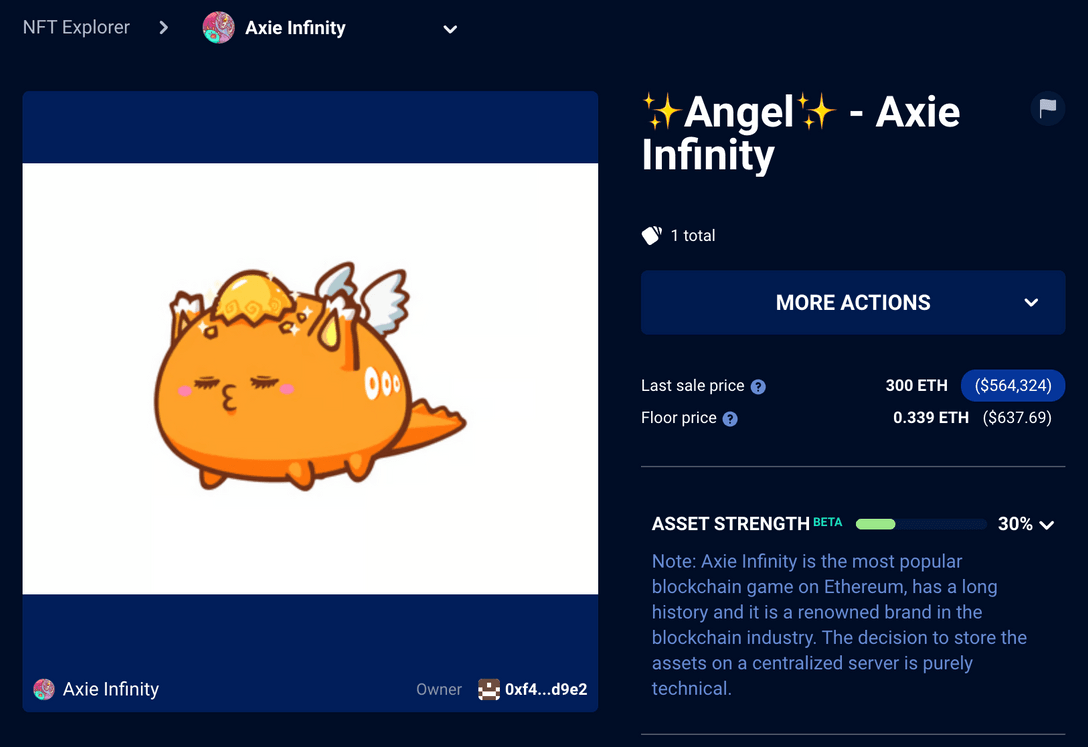
Axie Infinity: Each Axie NFT features evolving traits—such as body parts, abilities, and stats—that can change through breeding, battles, and upgrades. These dynamic traits directly impact gameplay and marketplace value.
-
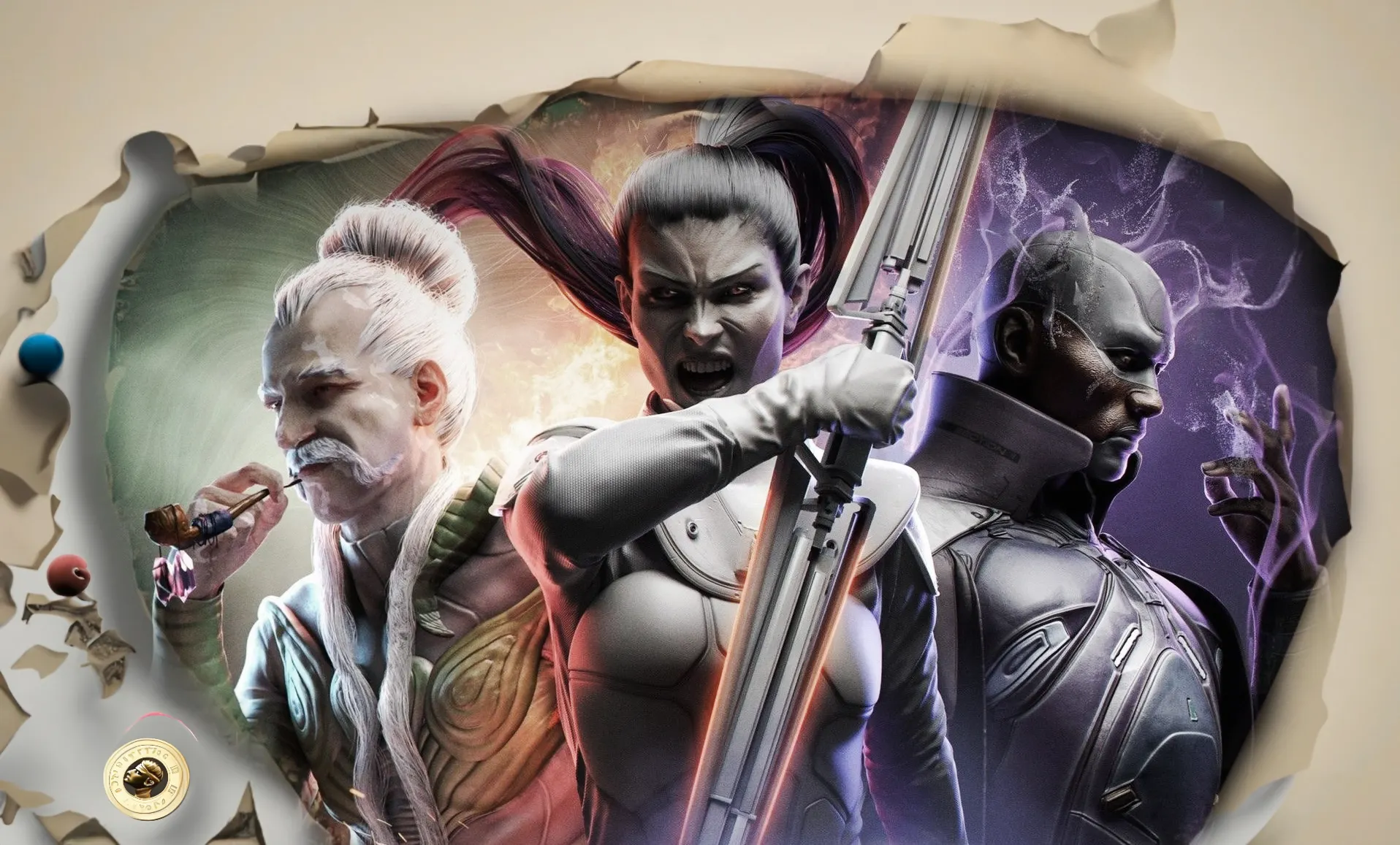
Parallel: In this sci-fi trading card game, cards are NFTs with traits that can evolve based on in-game achievements or special events, allowing players to upgrade their decks and strategies over time.
-
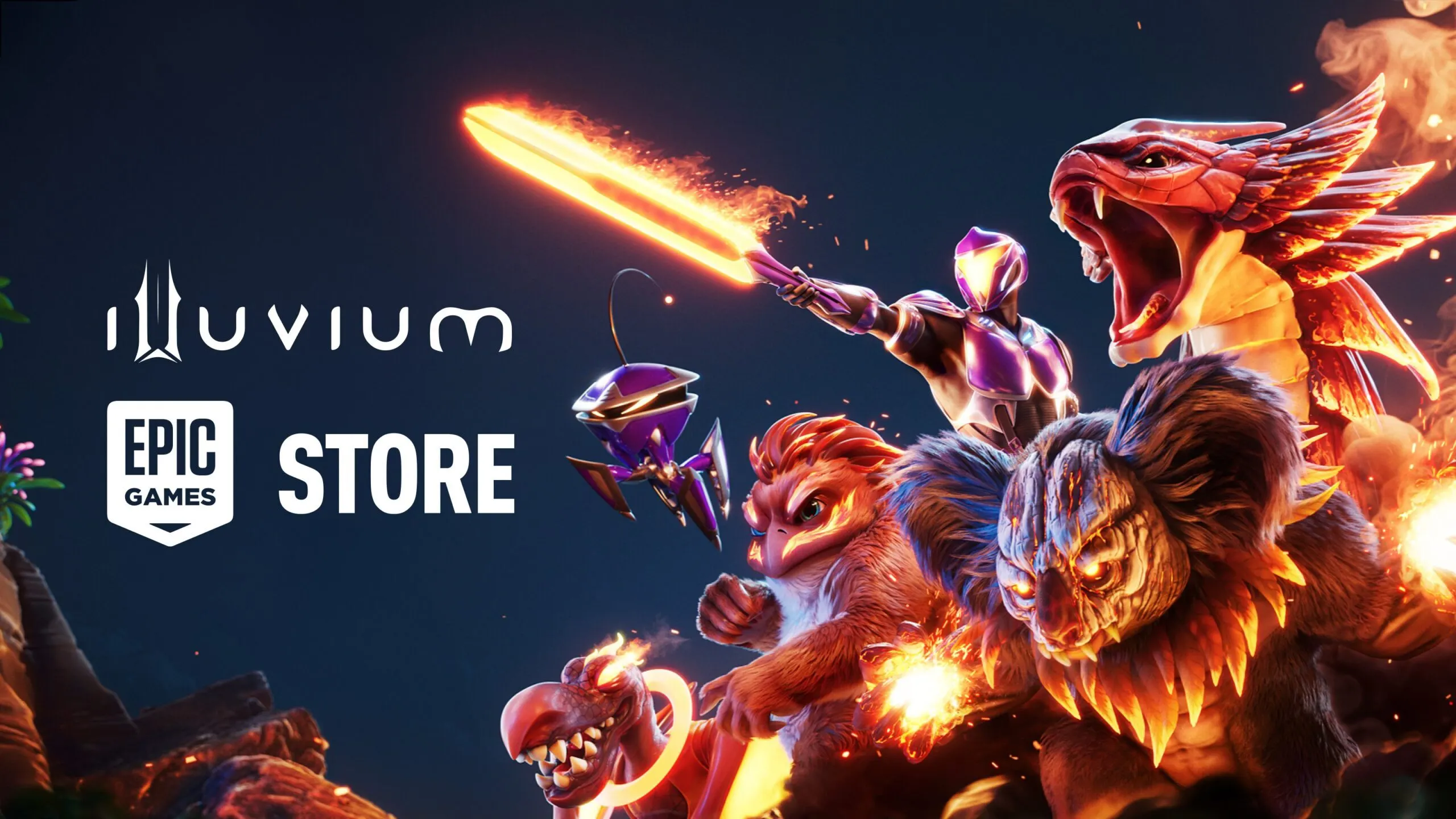
Illuvium: Illuvials—creature NFTs—feature upgradable attributes and can evolve through leveling up and fusing, reflecting player progress and strategy within the game’s open-world RPG environment.
-

Phantasma Phoenix: This platform supports multi-layered NFTs where each trait-NFT can evolve based on player achievements, milestones, or even external factors, creating a deep, strategic layer to asset ownership.
-
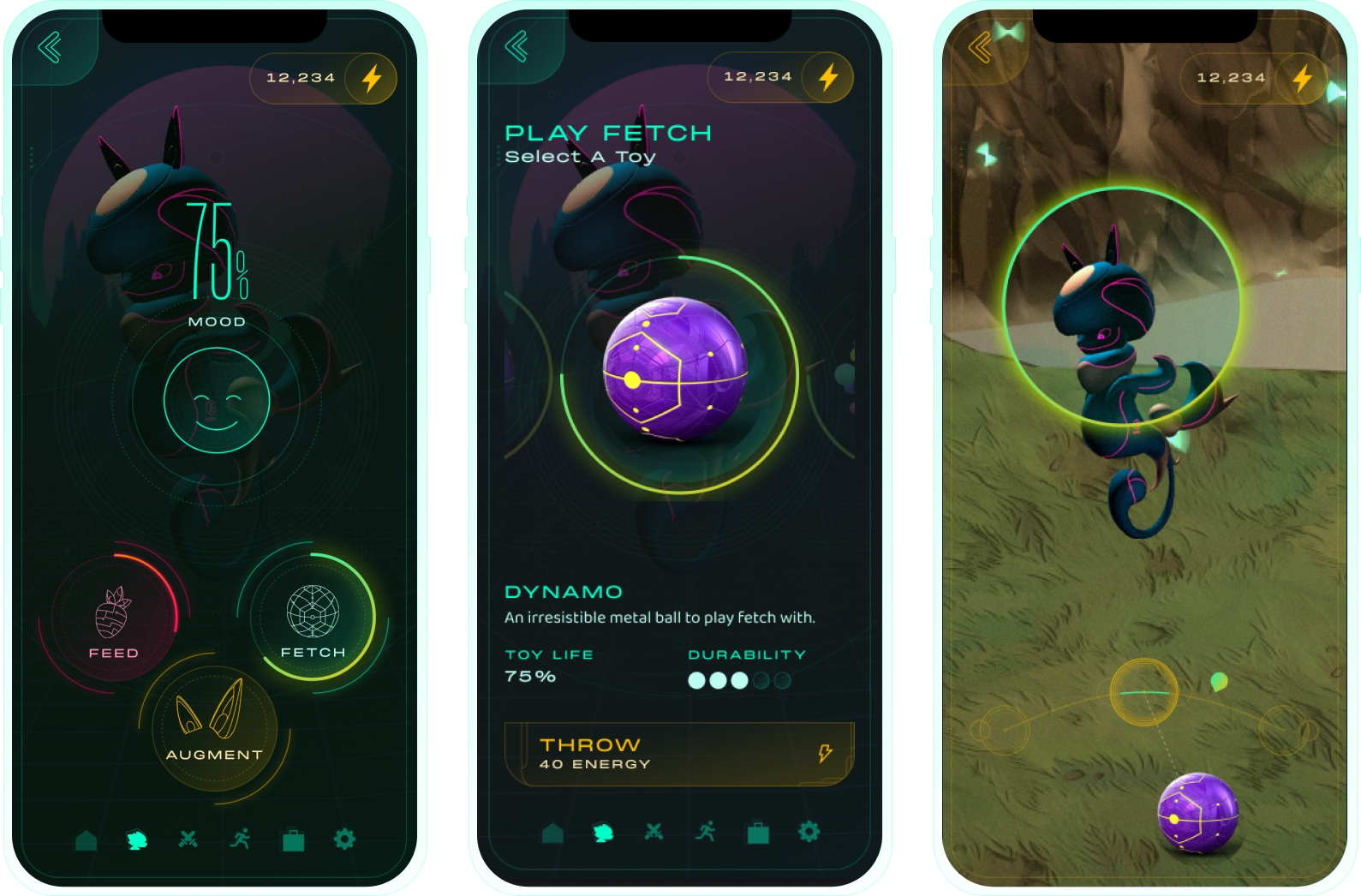
Genopets: Genopets are dynamic NFTs that evolve as players stay active in real life. Their appearance and abilities change based on steps tracked and in-game progression, merging fitness with blockchain gaming.
This evolution isn’t just cosmetic. Imagine wielding a sword that gains new abilities as you defeat bosses across multiple titles – or an avatar whose visual traits reflect your skill level and reputation across an entire network of games. These innovations are powered by on-chain logic embedded directly into each NFT’s smart contract.
Interoperability: From Siloed Items to Cross-Game Economies
The promise of interoperability is one of the most exciting aspects of smart NFTs in gaming. Rather than being locked into a single title or publisher ecosystem, your NFTs can become passports between worlds. As long as games support compatible standards (like ERC-721 or ERC-1155), your favorite character skin or weapon could travel with you from one universe to another.
This cross-game compatibility unlocks new forms of value:
- Asset utility multiplies across platforms, increasing both engagement and market value for rare items.
- Players gain more freedom and flexibility, choosing where and how to use their collections.
- Ecosystems become more interconnected, fostering collaboration between game studios instead of walled gardens.
If you’re curious about how fully on-chain games are pushing these boundaries even further by making every aspect – from logic to assets – transparent and portable, check out this resource from GamingOnBase: Why Fully On-Chain Games Are Revolutionizing Asset Ownership and Game Design.
One of the most significant shifts brought by smart NFTs is the emergence of player-driven economies. When assets can move freely across platforms and have programmable features, the entire in-game marketplace transforms. Players are no longer restricted to trading within a single game or under rigid, developer-controlled terms. Instead, open NFT marketplaces allow for real price discovery, peer-to-peer transactions, and even asset leasing or fractionalization.
The result is a thriving secondary market where rare items, leveled-up avatars, or unique land parcels can command premium prices. As NFTs gain utility across multiple games, their value is determined not just by scarcity but by their evolving features and cross-platform demand. This dynamic has already been observed in titles like Axie Infinity and Sorare, where player-owned assets underpin complex economies that rival those of traditional games.
Security, Transparency, and Trust
Another core advantage of blockchain gaming NFTs is the enhanced security they offer. Every transaction, whether it’s buying a new skin or transferring an evolved weapon, is recorded on-chain and publicly verifiable. This transparency eliminates most forms of fraud and duplication that have historically plagued digital collectibles.
Because ownership records are immutable and decentralized, players can trust that their investments are safe regardless of what happens to any single game publisher. Moreover, this transparency extends to game design itself: rules for asset evolution or rewards distribution are encoded in smart contracts for all to see.
A Look Ahead: The Future Utility of Smart NFTs
As technology matures, expect even more sophisticated use cases for smart NFTs in gaming:
How Smart NFTs Could Transform Future Gameplay
-
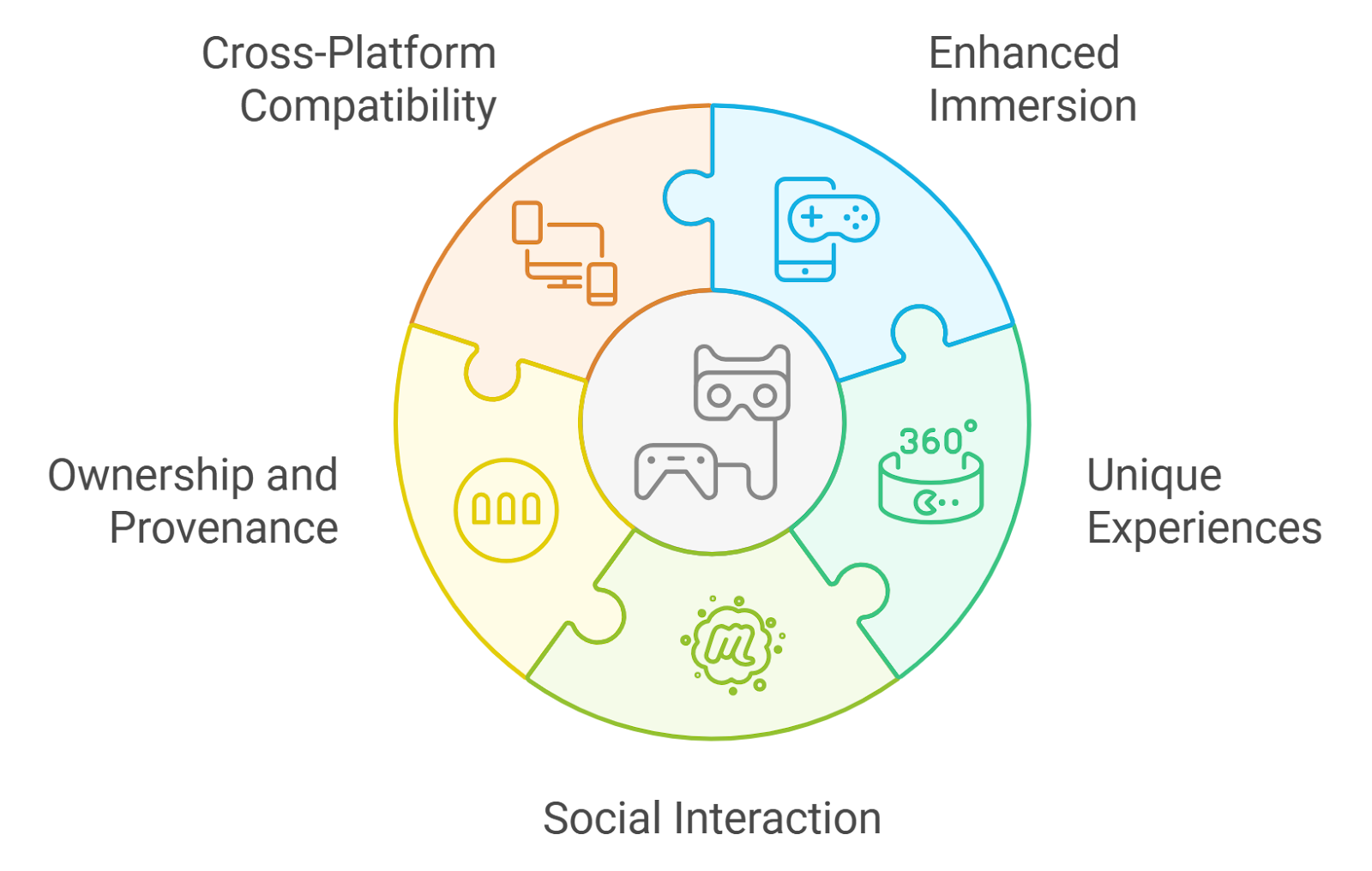
True Player Ownership of Assets: Smart NFTs allow players to truly own in-game items like weapons, skins, or characters, with verifiable proof recorded on the blockchain. This means assets remain accessible and tradeable even if a game shuts down.
-
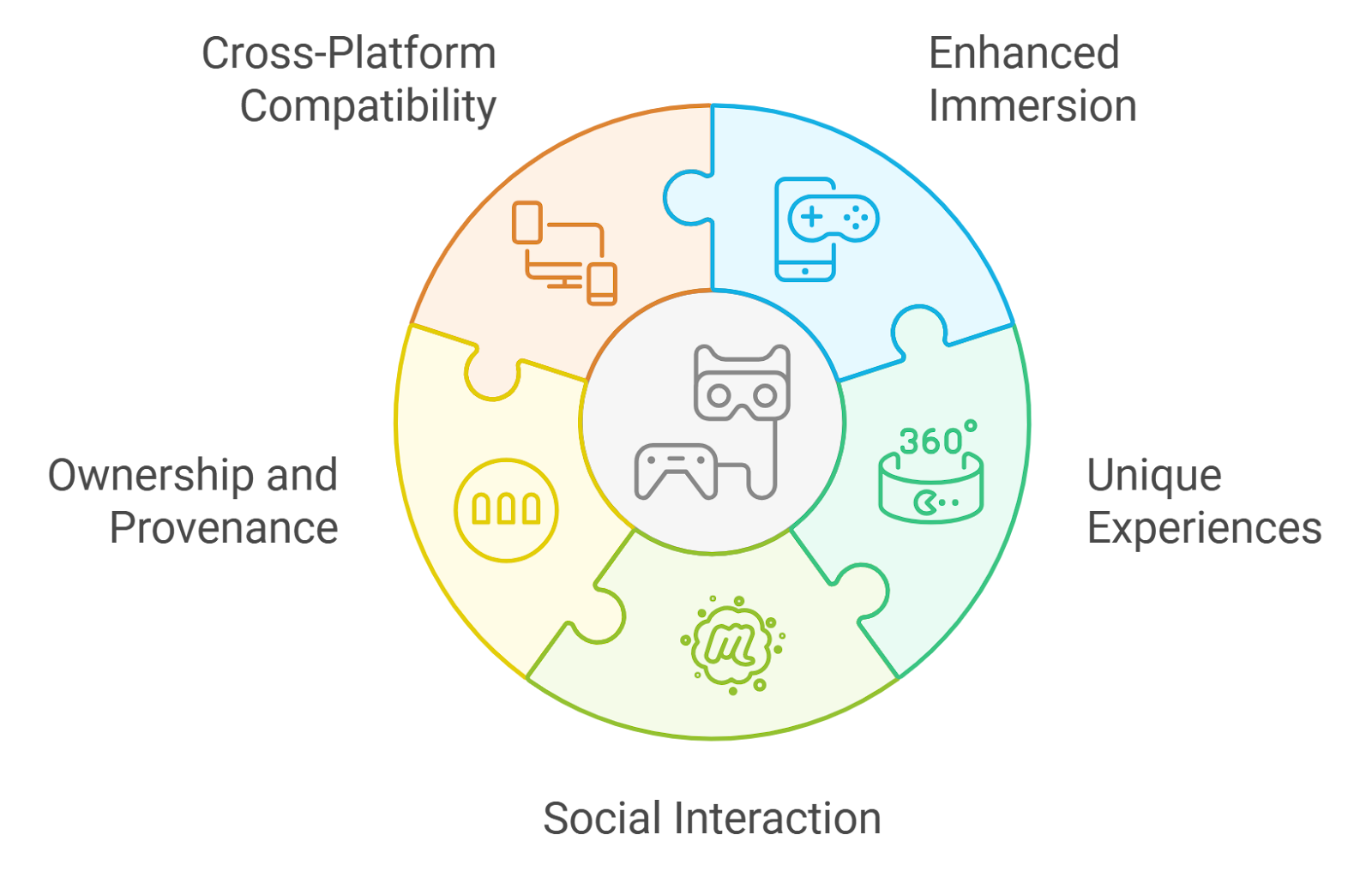
Interoperability Across Multiple Games: Smart NFTs can be programmed for cross-game compatibility, enabling players to use their assets in different games built on compatible blockchain platforms. For example, a weapon earned in one game could be used in another.
-
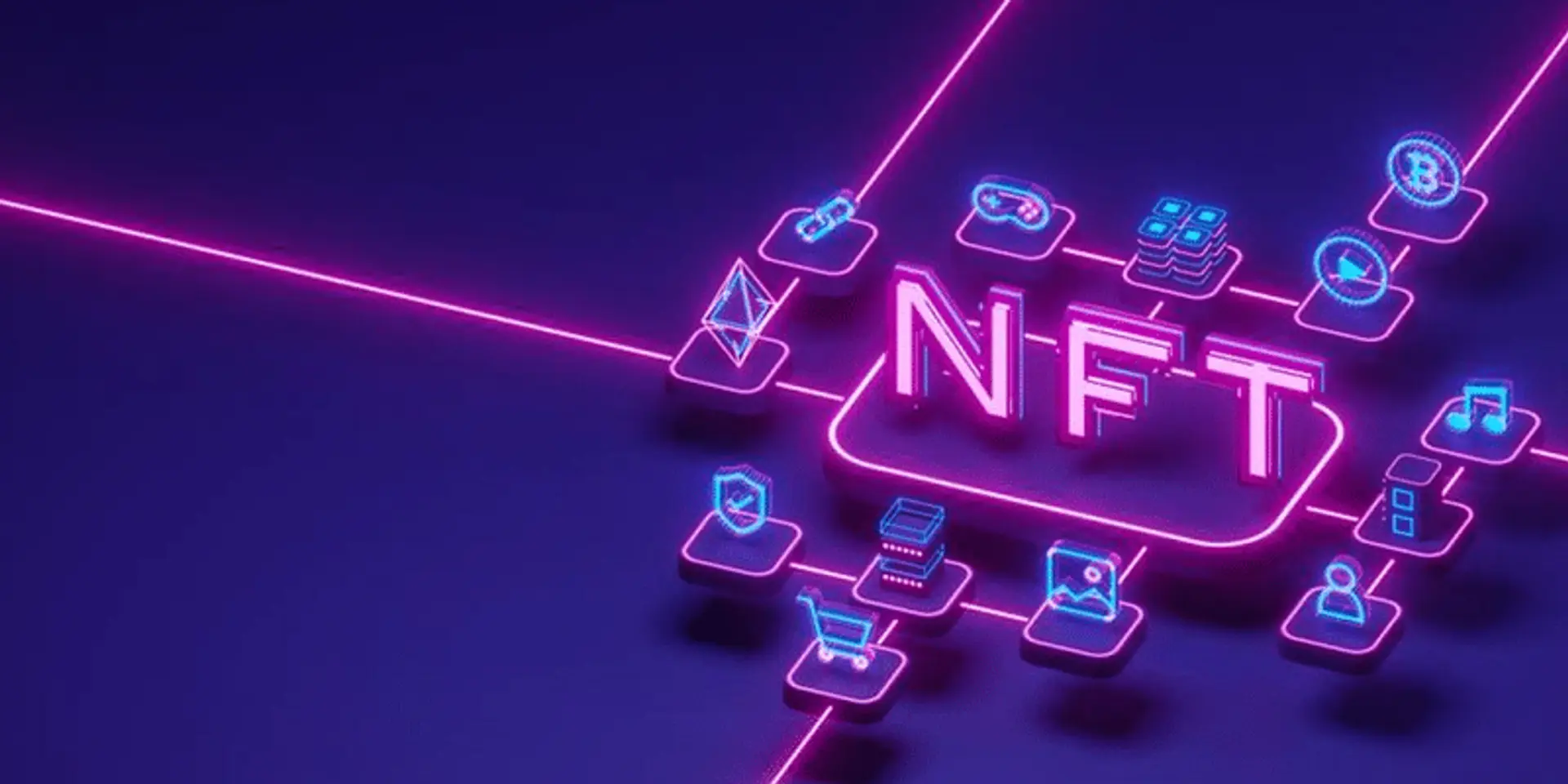
Dynamic and Evolving In-Game Assets: Multi-layered NFTs, such as those used in Phantasma Phoenix, can evolve based on achievements or milestones. This adds layers of strategy and personalization to gameplay as assets grow and change with player progress.
-
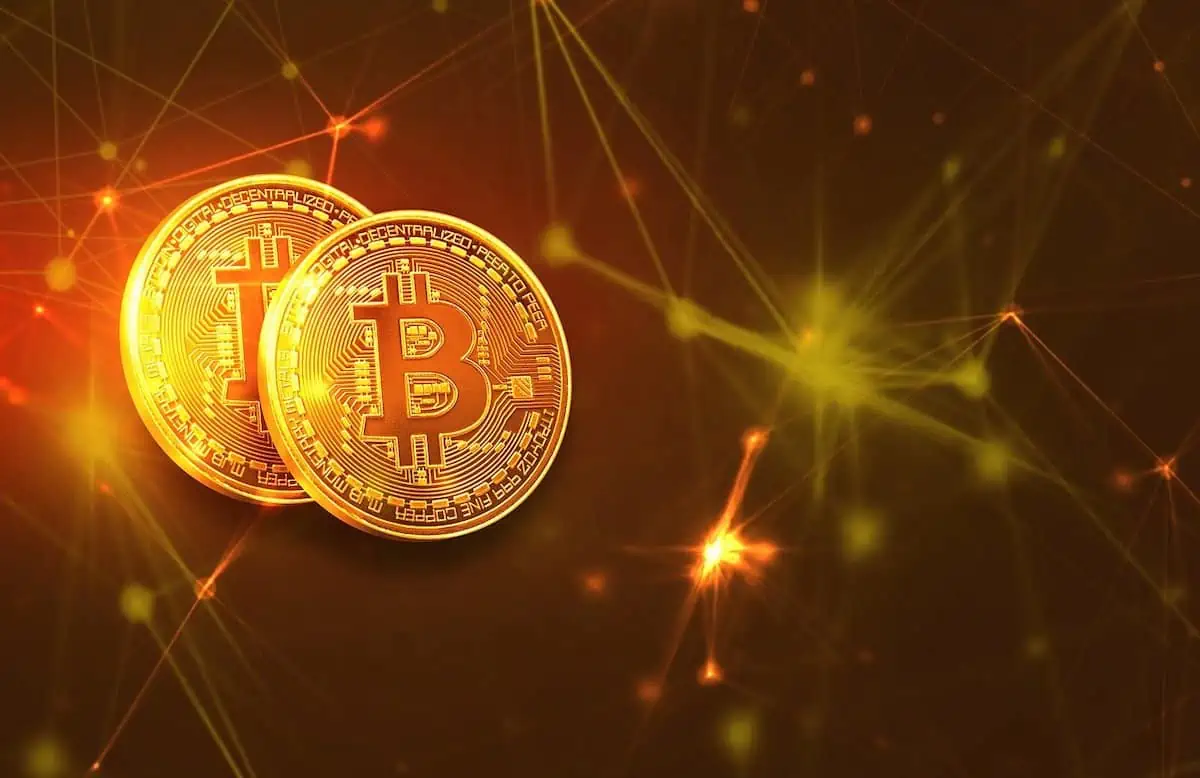
Enhanced Security and Transparency: All asset transactions and ownership changes are permanently recorded on the blockchain, making them tamper-proof and publicly verifiable. This reduces fraud and ensures fair play.
-

New Economic Opportunities for Players: With smart NFTs, players can trade or sell their in-game assets for real-world value, as seen in games like Axie Infinity and Sorare. This play-to-earn model incentivizes deeper engagement and investment in games.
Imagine collaborating with friends to unlock multi-layered NFT items whose traits evolve based on group achievements, or using your in-game real estate as collateral for DeFi loans. Developers are already experimenting with on-chain logic NFTs that react to off-chain data (like sports scores or weather) to create ever-more immersive experiences.
The convergence of interoperability, programmability, and economic agency is setting the stage for a new era where gamers truly own, and shape, their digital destinies. To dive deeper into these next-gen trends shaping GameFi ecosystems in 2025 and beyond, explore our analysis at How Smart NFTs Are Powering Next-Gen GameFi Economies in 2025.
“NFTs have turned gamers from consumers into creators, every rare drop now has a life beyond its original game. ”
The revolution is underway. Whether you’re a developer building the next hit title or a gamer seeking new ways to leverage your skills and time, understanding smart NFTs will be key to navigating, and thriving, in the evolving world of blockchain gaming.

